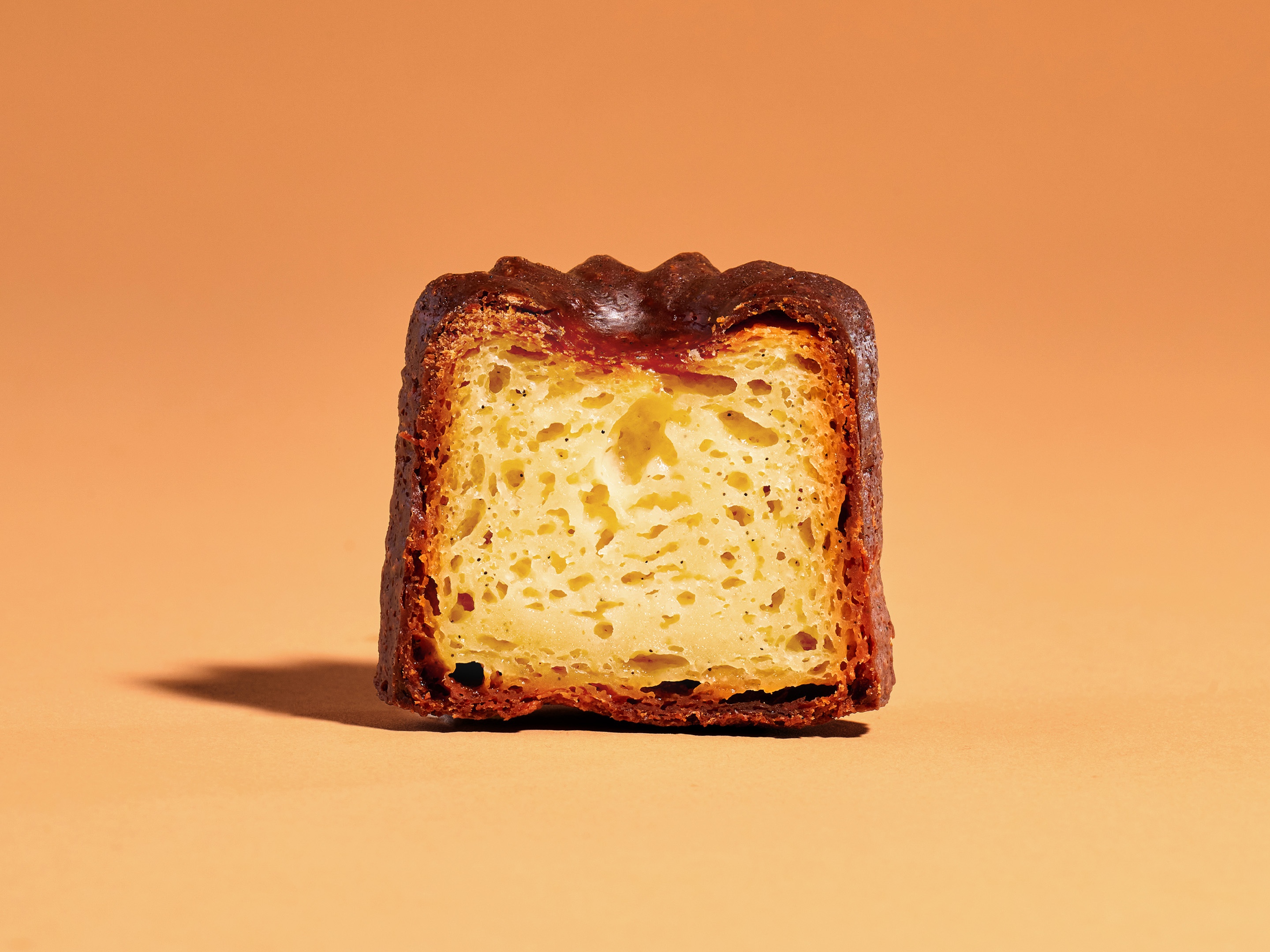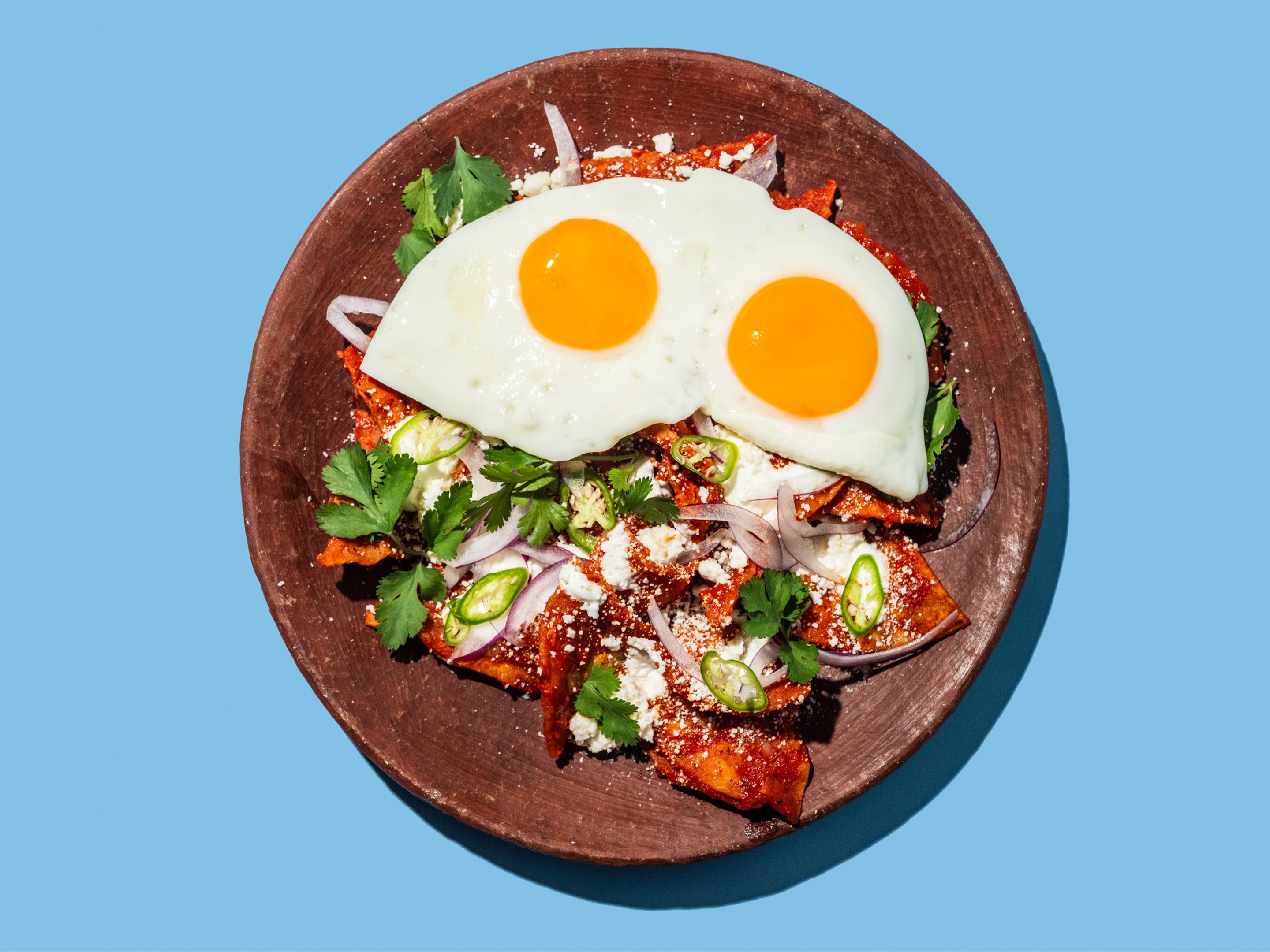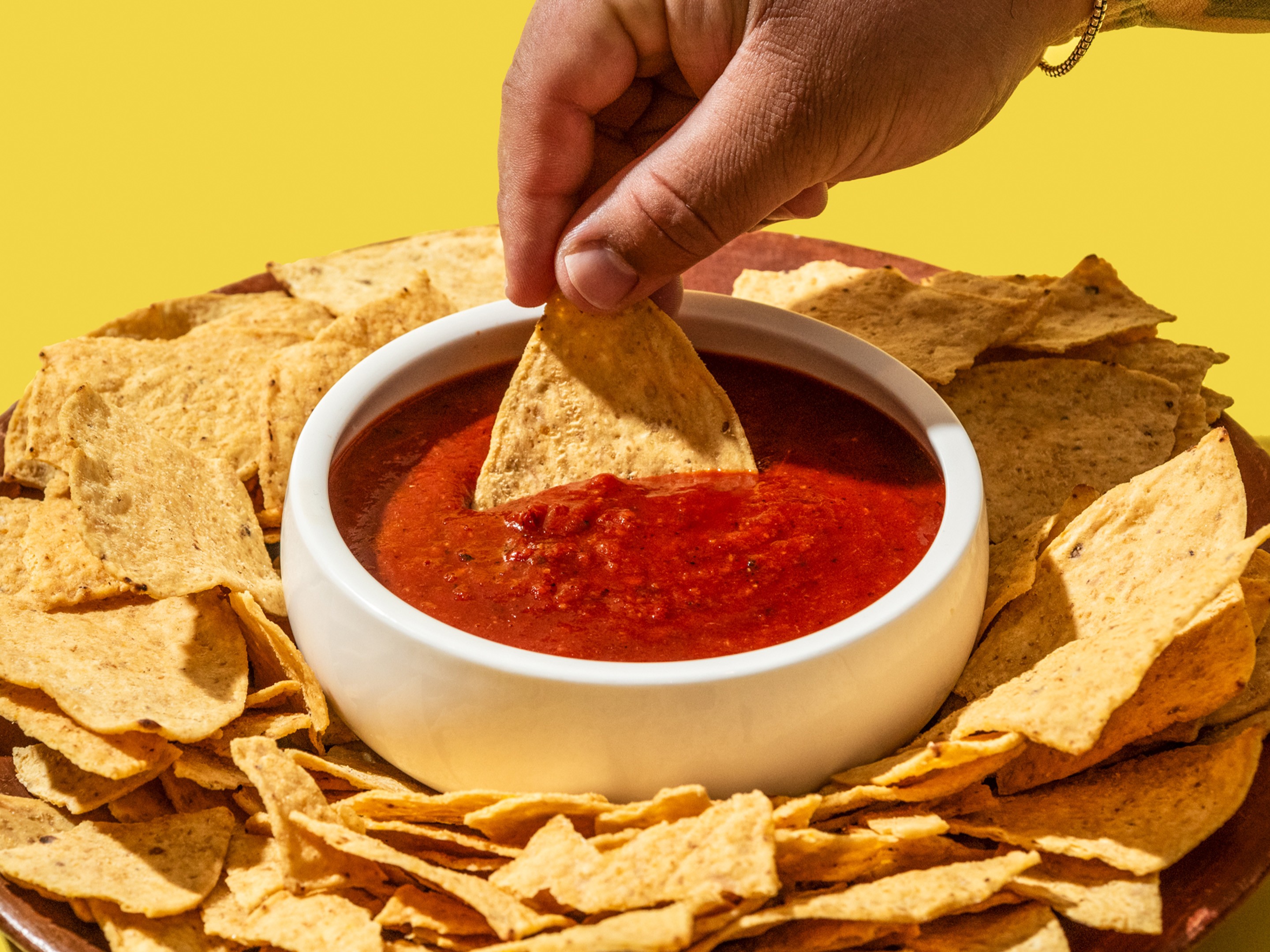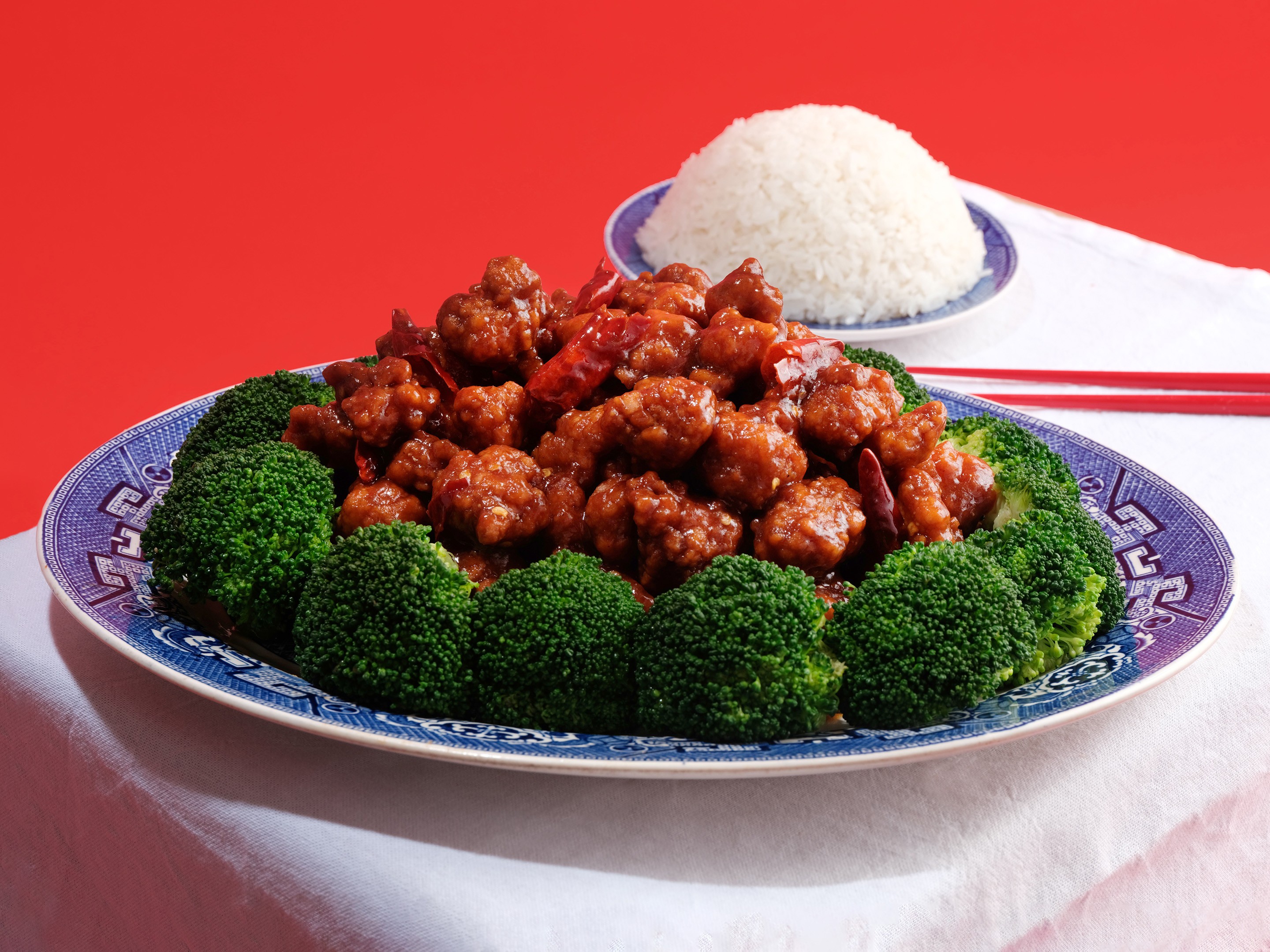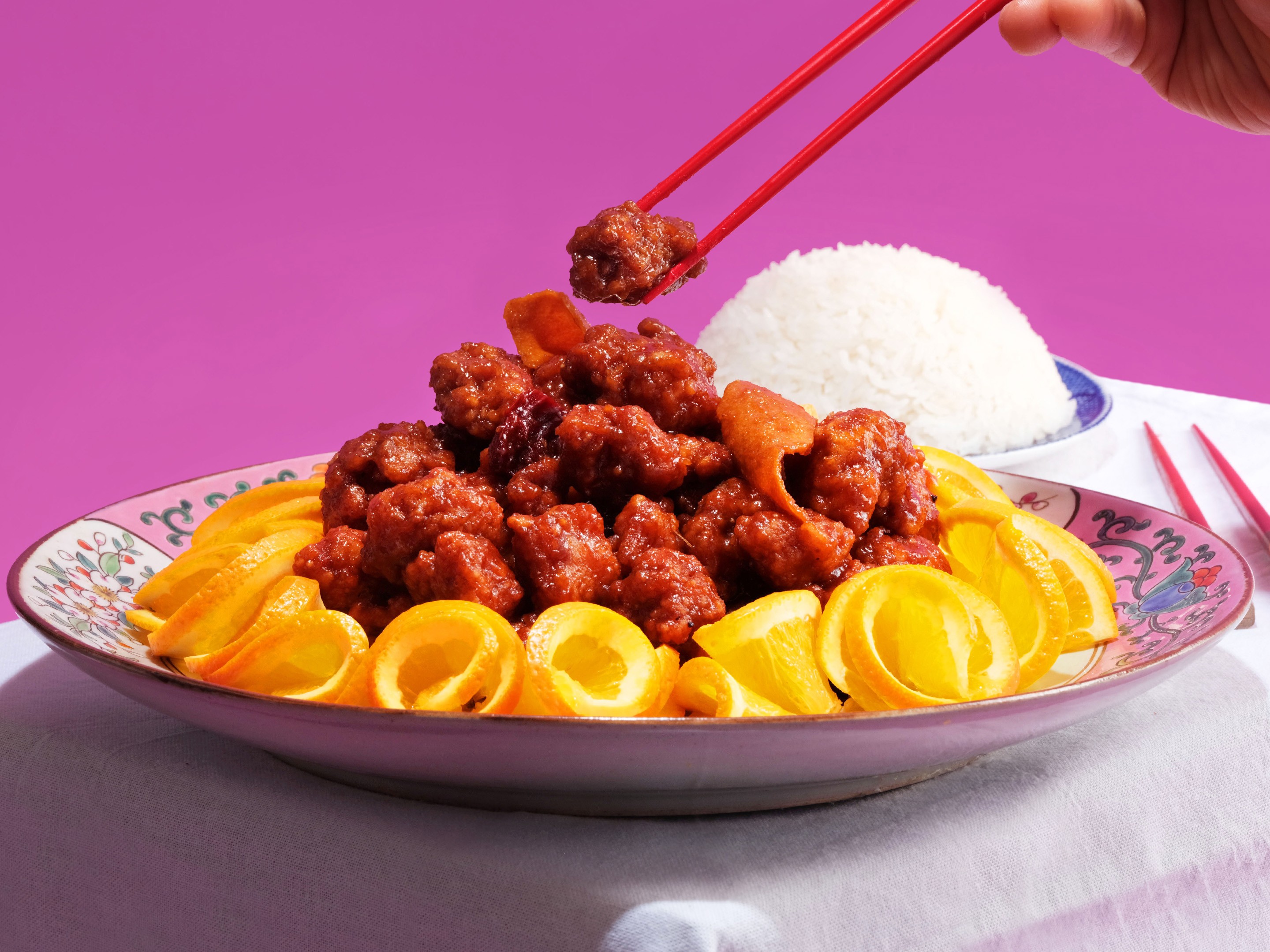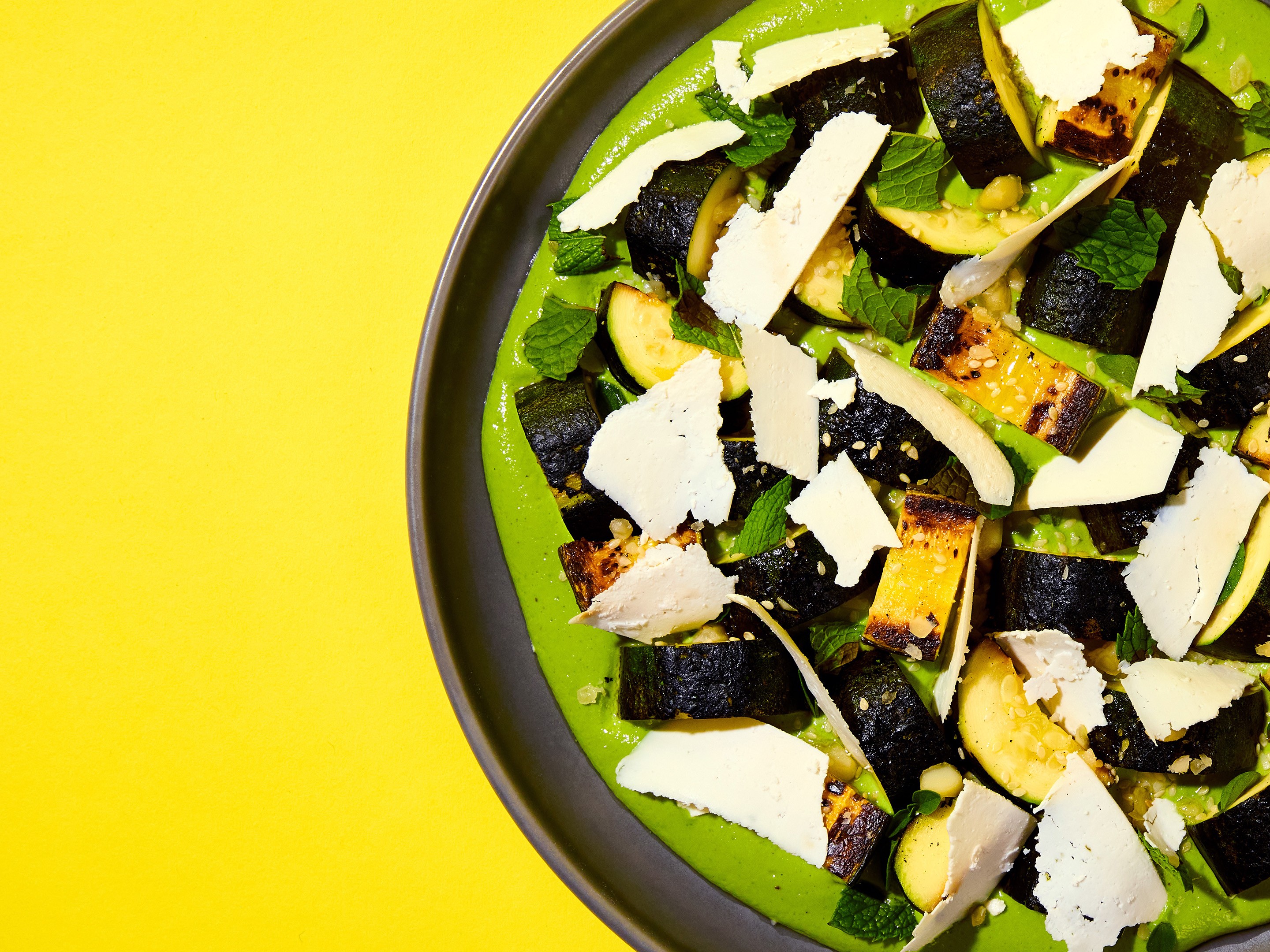Canelés
Basque Cheesecake
byNicholas GavinTiming
24 hrs total; 2 hrs active
Yield
10 to 12 servings
Basque cheesecake has got to be one of the most exciting innovations in the annals of cheesecake history. Dreamed up by chef Santiago Rivera at La Viña in Donostia-San Sebastian, it’s a sight to behold: the iconic burnished (not burnt!) top; the oozy, custardy center; and, of course, the complete lack of a bottom crust. Nailing it requires a two-phase bake, starting in a hot oven to brown the top, then dropping the temperature to gently raise the internal temperature of the custard. We pull the cheesecake from the oven well before it hits the target internal temp, allowing carryover cooking to take it the rest of the way.Classic New York Cheesecake
byNicholas GavinTiming
12 hrs total; 1 hr active
Yield
8 servings
New York cheesecake should need no introduction. It’s a fluffy, creamy, rich, and tangy custard set atop a graham cracker crust, with blond sides and a very lightly mottled brown top. You know it, and to know it is to love it, since, like pizza, even when it’s just all right, it’s still pretty great. We set out to make the best New York cheesecake you’ll ever have. You want height? Well, this cheesecake towers. That signature cottony “crumb” and cream cheese tang? Check and check. The key to success is temperature control. The silky smooth and slightly aerated batter undergoes a two-phase bake, starting in a moderately hot oven to set the top, then a longer low-temp bake to gently cook the interior. Not only does this create a consistent and consistently beautiful cheesecake texture, it also eliminates the risk of cracking, the most common issue with subpar cheesecakes. Say“I’m walkin’ here!”hello to the perfect New York cheesecake.Vegan New York Cheesecake
byNicholas GavinTiming
12 hrs total; 1 hr active
Yield
12 servings
This is a great New York–style cheesecake, full stop. It boasts a tall, fluffy custard with notes of vanilla and that distinctive cream cheese tang, set on top of a cookie-crumb base. The catch? It’s completely vegan! We didn’t want to come up with a vegan cheesecake that relied on store-bought vegan substitutes for the eggs, cream cheese, sour cream, and butter in our [link https://www.chefsteps.com/activities/new-york-cheesecake New York cheesecake recipe]. That would have felt lazy, and if there’s one thing we’re not, it’s lazy. More importantly, those vegan alternatives have brand-specific formulations that cause them to perform differently in recipes, which would have meant developing a recipe tailored to work with specific products. No thanks. So, we started from scratch and formulated the perfect plant-based cheesecake. I Can’t Believe It’s Not Cheesecake! We did it.Ultra-Fluffy Japanese Cheesecake
byNicholas GavinTiming
3 hrs 30 min total; 1 hr 30 min active
Yield
8 servings
Japanese cheesecake is often called “cloud cake” because, well, putting a forkful in your mouth is like eating a cloud. Airy and light, with the characteristic tang that cream cheese provides, Japanese cheesecakes owe their unique texture to the fact that they’re basically a super-aerated foam. A sweet and cream cheese-y custard base is lightened up with a meringue, and there’s just barely enough flour and starch to give the whole thing structure. It’s as if a sweet cloud was given just enough heft to anchor it to a plate just long enough for you to devour it. EDITORS’ NOTE: We’ve updated this recipe to improve its flavor and texture, while removing unnecessary ingredients. The recipe no longer calls for xanthan gum or cake flour; the total quantity of eggs has been reduced to temper the egginess of the cake; the amount of sugar has been increased to improve the cake’s moisture retention; and the ratio of egg yolks to egg whites has been altered to produce an airier and lighter texture. If you prefer to use the original recipe, we’ve included it as a tip at the end of the recipe before the make-ahead and storage instructions.No-Bake Pumpkin Cheesecake Pie
byNicholas GavinTiming
9 hrs total; 30 min active
Yield
1 cheesecake
Pumpkins are lovable in their decorative form—you get to pick your favorite one in the patch, plump and round and simply funny-looking—but we can all agree that pumpkins are especially fawn-worthy when they’re in the form of delicious pie. This Pumpkin Cheesecake Pie is creamy, warm-spiced, and not too sweet. And the coolest part? The filling comes together in a blender, no oven required. It’s a choose-your-own-adventure type of pie: Buy the crust or make it? Get tang and texture from sour cream, heavy cream, or buttermilk? These are life’s important questions. And the answer is always pie.The Quickest, Simplest Way to Make Bomb Cheesecake
byChefStepsTiming
90 min active; chill overnight
Yield
5 individual cheesecakes
It’s older than the original Olympic Games, and there are references to it throughout the ancient texts of numerous empires. Its reach is worldwide—from New York to Bavaria—and it’s been written about by everyone from Renaissance philosophers to *Bon Appétit* and *Esquire*. There’s even a whole factory devoted to it! Cheesecake—we all know it, and we all love it. It’s a timeless dessert with countless versions and styles, and yet it can be even better. Introducing sous vide cheesecake. This tongue-coating confection is simple and rich—a delectable pot de fromage that you can make in less than 90 minutes with Joule. Grab your prettiest mason jars and whip up these little sweets in batches to satisfy a full dinner party. Or pop them in the fridge for treats to get you through the week. With a quick topping of [link https://www.chefsteps.com/activities/crunchy-graham-cracker-streusel graham cracker streusel], you can’t go wrong.
Grant Crilly
Nicholas Gavin
Tim Chin
Leah Cohen
Jonathan Zaragoza
Kevin Smith
Joe Yim
Eric Huang
Grant Crilly
Grant Crilly is the Executive Director and cofounder of ChefSteps. Grant is a classically trained chef and, prior to ChefSteps, he worked on the award-winning cookbook series Modernist Cuisine and cooked at various restaurants, including L’Astrance in Paris, Busaba in Mumbai, and Mistral Kitchen in Seattle.
